HMS Trincomalee holds the distinction of being the oldest British warship in Europe that is still afloat.
Trincomalee was built for the Royal Navy as a 46 gun, Leda-class frigate just after the end of the Napoleonic Wars. Unlike most Royal Navy ships of the time, which were built of oak, she was constructed from teak, having been built in Bombay, India in 1817 at a time when the wars against France had vastly depleted the oak trees of England. She cost £23,000 and even delivery to Portsmouth cost £6000.
After a relatively short period of front line service in both Atlantic and Pacific squadrons, she spent many years as a training ship, initially in the hands of the Royal Navy but from 1897 to 1986 she was used as part of a private training facility (known as the TS Foudroyant) for boys wishing to join the Navy. Foudroyant was originally based in Falmouth but later moved to Portsmouth. For many years she was tied up to the much larger, HMS Implacable but unfortunately, that ship was scuttled in 1947 to much public outcry.
Restoration of the Trincomalee started in 1992, which retained 60 percent of the original fabric of the vessel but involved complete replacement of the copper hull covering. Unfortunately, the figurehead had to be re-carved as it had started to rot. She is now the star attraction at the Royal Navy National Museum in Hartlepool and is listed as part of Britain’s Historic Fleet. A nearby interpretive exhibition provides a fantastic video of the restoration process.
Know Before You Go
All four decks of the ship are accessible, and a full guided tour, led by guides in period naval uniform, is usually available. Free parking is available and the complex also hosts the fantastic Hartlepool Museum which deals with local history. A ship of similar design built in 1824 and which never saw active service (HMS Unicorn), is still afloat as a museum in Dundee.











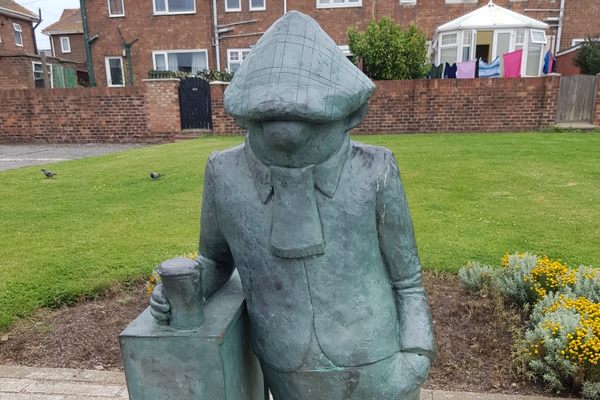
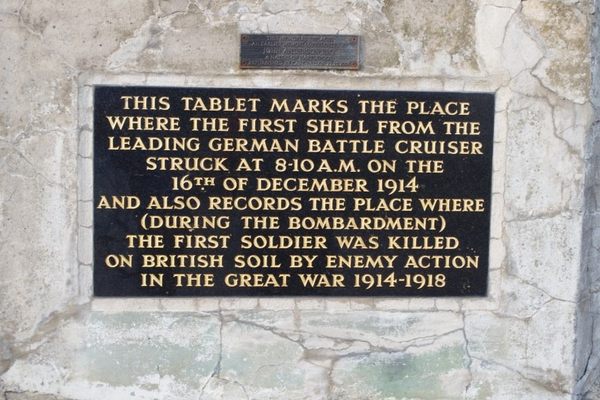
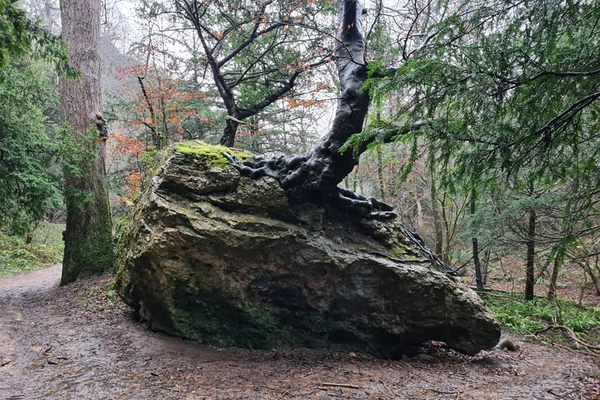


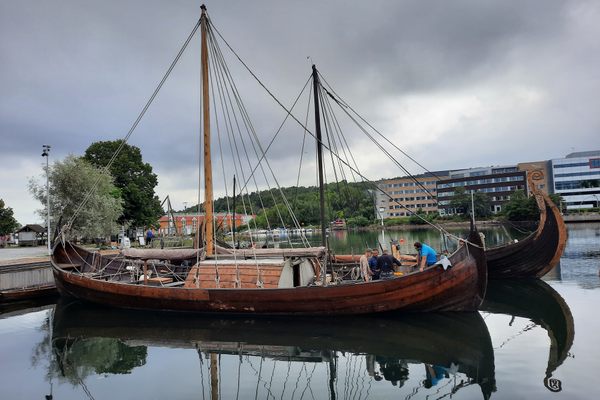
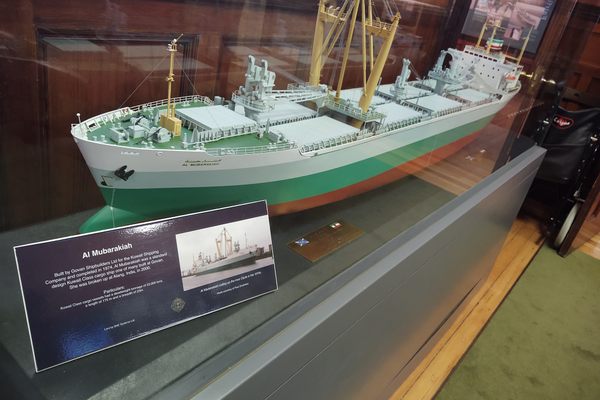

Follow us on Twitter to get the latest on the world's hidden wonders.
Like us on Facebook to get the latest on the world's hidden wonders.
Follow us on Twitter Like us on Facebook